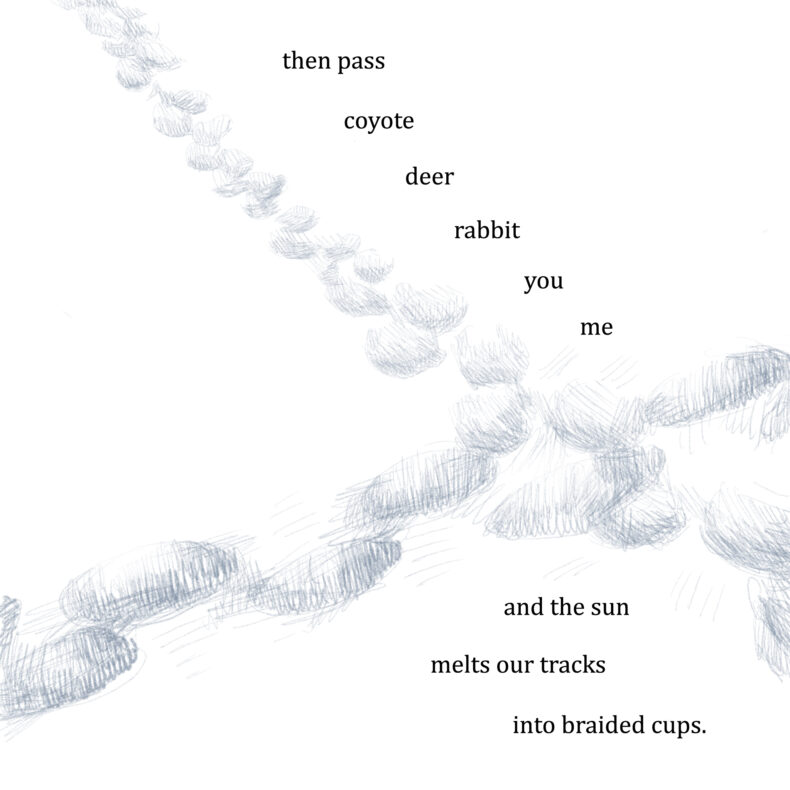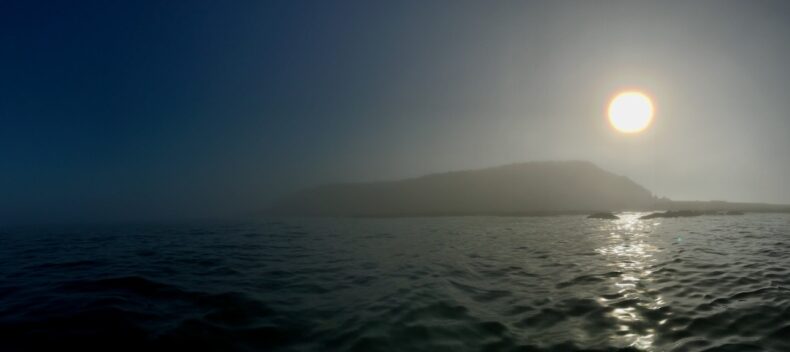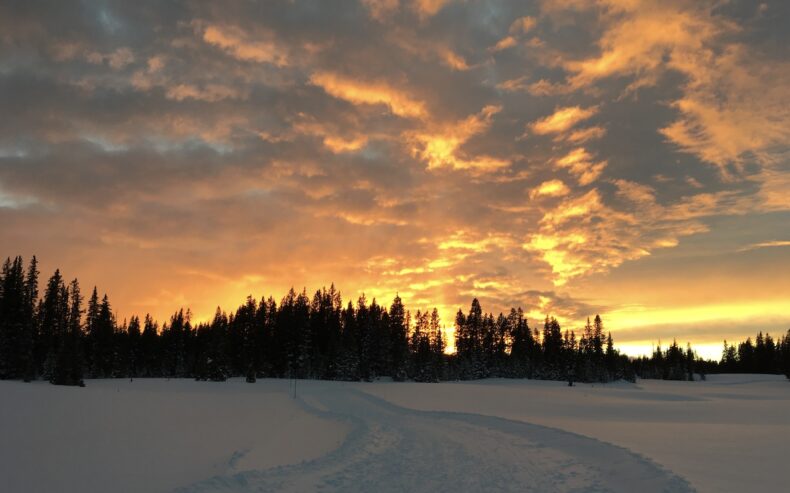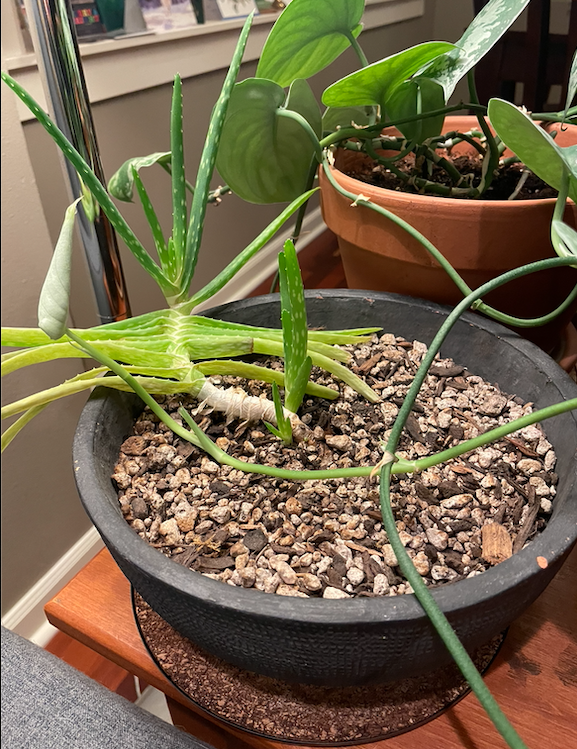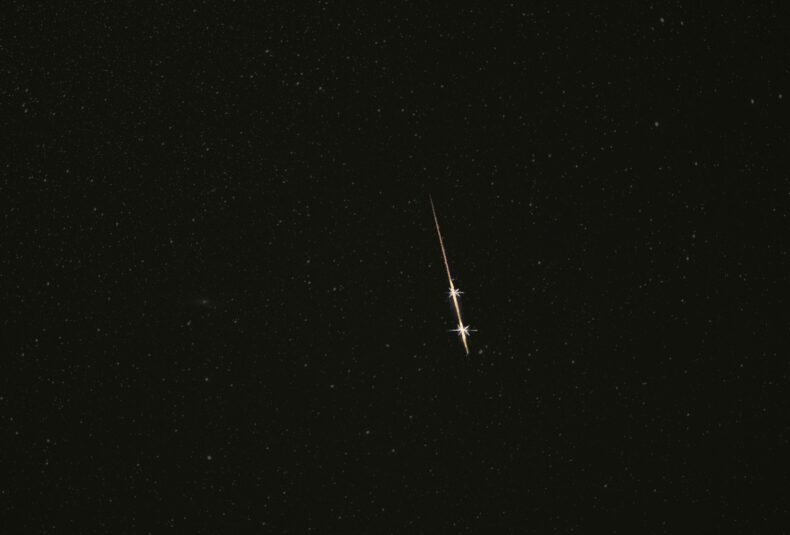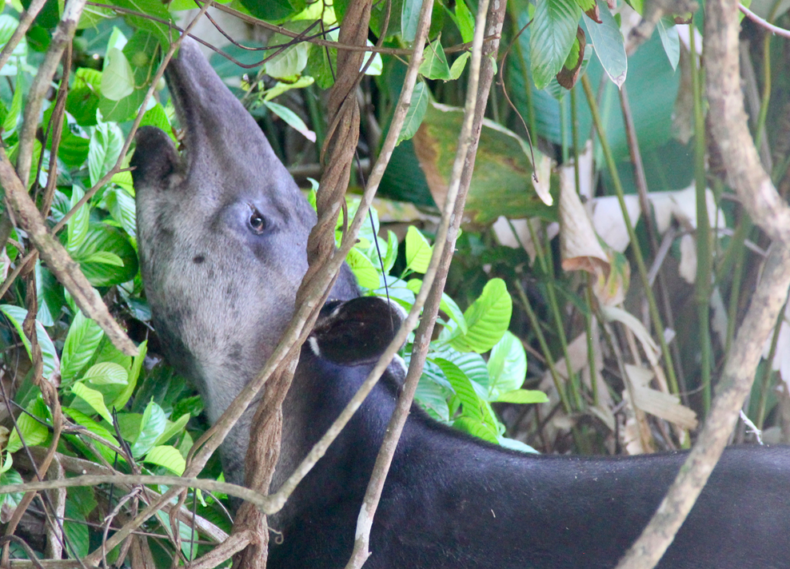
Earlier this month, Elise and I traveled to the Osa Peninsula, the appendage of tropical forest that juts off southwest Costa Rica into the Pacific Ocean. We chose that part of the country primarily to visit Corcovado National Park, a 164-square-mile protected area that the National Geographic Society once described, curiously, as the “most biologically intense place in the world.” (What does it mean for a place to be “biologically intense”? Do the spider monkeys all sound like Daniel Day Lewis?)
No roads lead to Corcovado’s heart, forcing tourists to approach by boat. We disembarked from our little landing craft onto a remote beach, cut through the jungle — led by our guide, Manuel, a serious steel-haired man with an encyclopedic knowledge of rainforest ecology — and emerged onto another beach. A small crowd of fellow hikers had gathered at the ecotone where the forest met the sand, and Manuel turned to us, unsmiling. “It is the tapir,” he said somberly.
A Baird’s tapir — the largest terrestrial creature in Central America, and the animal I’d hoped most desperately to see! We scurried over, though the tapir was in no rush to evade the growing knot of onlookers. He wandered along the edge of the rainforest, at once hulking and graceful in the way of all megafauna, his robust body perched atop improbably thin legs. He paused and craned his neck, reaching up with his proboscis to grasp and strip a cluster of leaves and fruit. The proboscis — which, Manuel informed us, furnished a built-in snorkel during river crossings — was shockingly flexible and dexterous, and the tapir used the organ to pluck food nearly as nimbly as I would’ve used my hands. Another few million years of evolution and it would be an elephant’s trunk.
Continue reading

